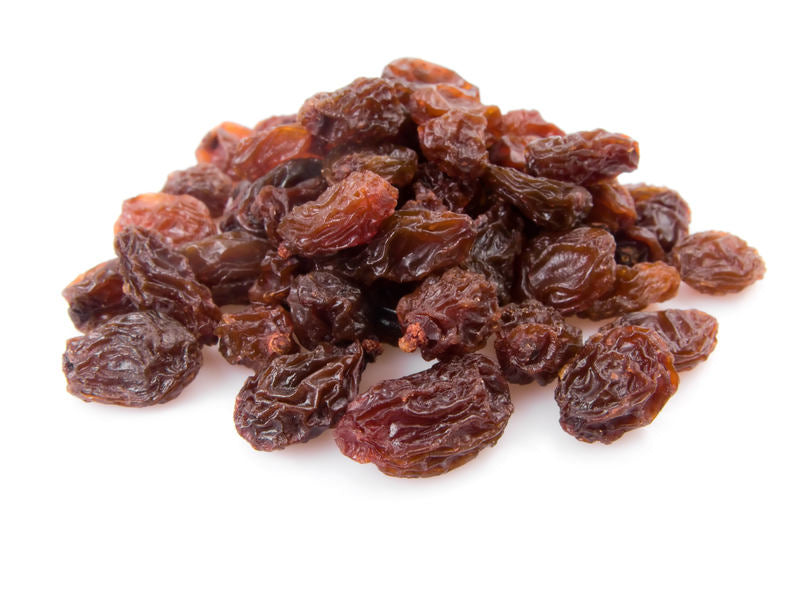The Elusive Manuka Raisins: Why They’re Hard to Find and What Makes Them Special
Years ago, we used to sell Manuka raisins, and they quickly became a customer favorite. These unique raisins had a rich, intense sweetness and a depth of flavor that made them stand out from the more common varieties. Unfortunately, we haven’t been able to find them for years, and many of our customers have been asking why. The truth is, sourcing Manuka raisins has become increasingly difficult, making them one of the rarest dried fruits on the market today.
Why Are Manuka Raisins So Hard to Find?
Manuka raisins are grown in very limited regions, unlike more common raisin varieties. The name “Manuka” is often associated with the famous Manuka honey from New Zealand, but these raisins come from a specific variety of grape that is much harder to cultivate. Factors that contribute to their scarcity include:
-
Limited Cultivation Areas – The grapes used to produce Manuka raisins grow in select regions with specific climate conditions, making large-scale production challenging.
-
Low Yield – The grapevines that produce Manuka raisins don’t yield as much fruit as other grape varieties, making them less appealing for large commercial growers.
-
Specialized Drying Process – Unlike traditional raisins that can be mass-produced, Manuka raisins require a careful drying process that preserves their unique flavor and texture.
-
High Demand, Low Supply – Because of their unique taste and nutritional benefits, demand for Manuka raisins often exceeds supply, leading to frequent shortages.
What Are Manuka Raisins?
Manuka raisins are made from a special variety of grape known for their rich, caramel-like sweetness and chewy, almost candied texture. These raisins are often darker and larger than traditional Thompson or Sultana raisins, with a more complex flavor profile that includes notes of molasses and toffee.
How Do They Compare to Thompson and Sultana Raisins?
Manuka raisins stand out when compared to the more common raisin varieties:
| Feature | Manuka Raisins | Thompson Raisins | Sultana Raisins |
|---|---|---|---|
| Flavor | Rich, deep, caramel-like sweetness | Mild, balanced sweetness | Light, fruity sweetness |
| Size | Larger and plumper | Medium-sized | Smaller and more delicate |
| Texture | Chewy, dense, almost sticky | Firm, slightly chewy | Soft and tender |
| Color | Dark brown to almost black | Light to dark brown | Golden yellow |
| Drying Method | Naturally sun-dried, longer process | Sun-dried or mechanically dried | Typically treated with sulfur dioxide for color retention |
The Verdict
If you’ve never tried Manuka raisins, you’re missing out on a truly unique dried fruit experience. Their bold flavor and dense texture make them perfect for snacking, baking, or adding to trail mixes. Unfortunately, due to their rarity, they remain incredibly difficult to source. If we ever find a reliable supplier, we’d love to bring them back—until then, we’ll continue searching!
Have you ever tried Manuka raisins? Let us know your thoughts in the comments!


